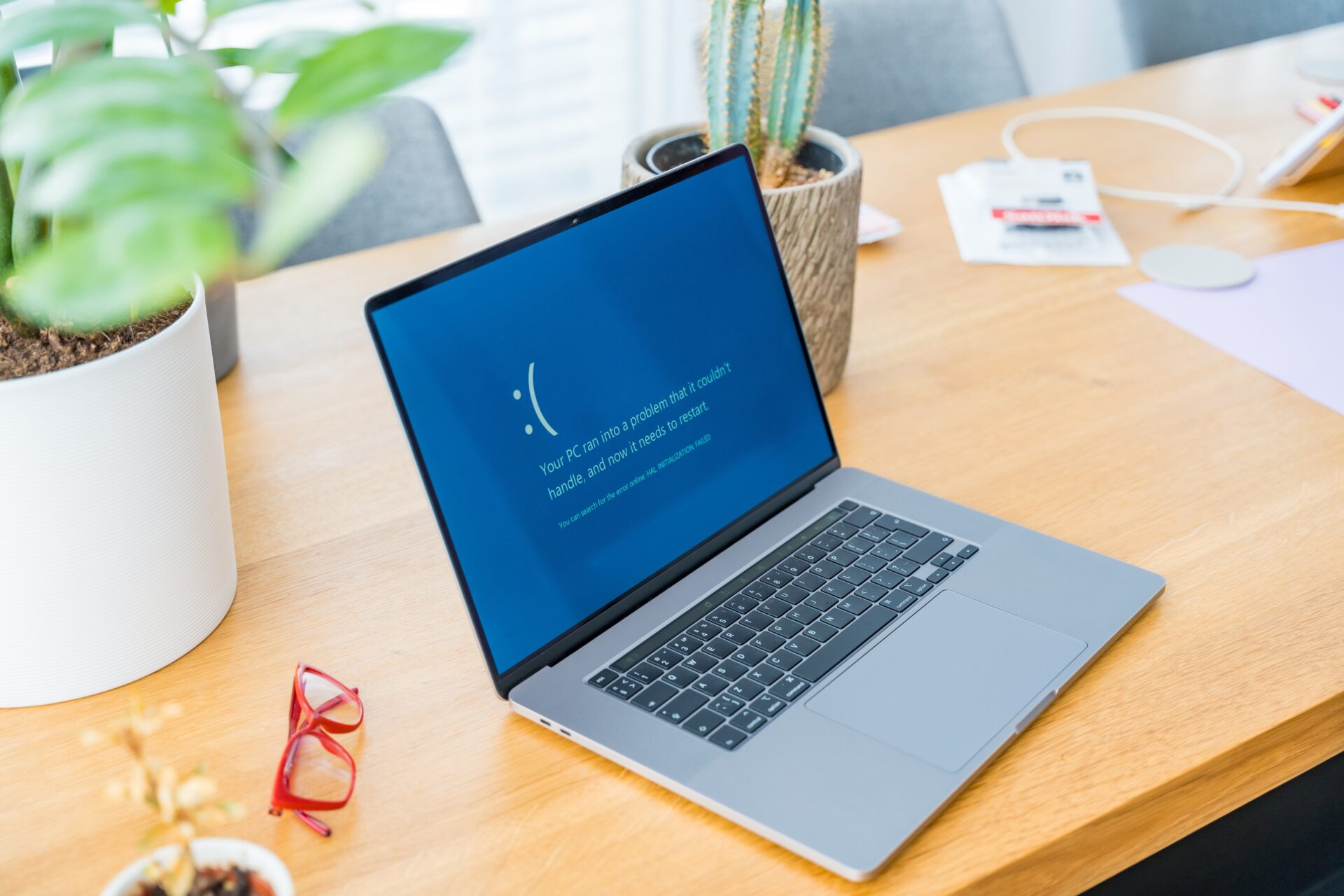Cybercriminals are constantly seeking new ways to circumvent security measures. While we have counter-hackers working just as hard to find new ways to strengthen our digital security, we can’t rely on external measures to keep ourselves and our workplaces safe.
In the world of cybercrime, there is one single type of vulnerability that hackers target above all others – human beings. Hackers see people as ‘soft targets’, and with good reason – the majority of breaches are caused by human error. Whether the breach originates from someone:
- Opening a dodgy email
- Clicking on a link
- Falling for a scam
- Using weak passwords
- Relying on outdated security software – large-scale damage can all too easily occur.
Cyberattacks on people are commonly the quickest way for hackers to achieve their nefarious goals. Therefore, adopting a hacker’s mindset is crucial to employing strategies that keep you and your business one step ahead of cybercriminals.
Each cyber-attack is unique, but they are all based on the victim’s individual digital footprint. So, whether hackers are looking to steal your data, forge your identity or disable your devices for financial extortion, there are tell-tale techniques they use to exploit a vulnerability.
Identifying and understanding potential hacking motives helps you build your defence
To stay informed about the evolving threat landscape, it’s worth becoming familiar with some of the most prevalent threats that businesses must safeguard against:
- Ransomware: This type of malware encrypts sensitive data or blocks access to files/systems, demanding a ransom for their release.
- Phishing/Business Email Compromise (BEC): Hackers impersonate individuals or organisations through emails or other channels to extract login credentials or install malware.
- Cloud jacking: Exploiting cloud vulnerabilities to steal information and gain unauthorised access to servers – a concern for companies relying on cloud solutions.
- Insider threats: Originating from within a business, insider threats involve current or former employees, vendors, or partners with access to sensitive data.
- Denial-of-Service/Distributed Denial-of-Service (DoS and DDoS) attacks: Overwhelming the targeted system with data requests, causing it to slow down or crash.
- Artificial Intelligence (AI) and Machine Learning (ML) hacks: Hackers leverage AI and ML to better understand a business’s cybersecurity defences and develop effective attacks.
- Internet of Things (IoT) risks and targeted attacks: IoT devices are targeted due to their ease of data sharing and lack of sufficient regulation.
- Web application attacks: Exploiting vulnerabilities in web applications to gain unauthorised access to databases and manipulate sensitive data.
- Deepfakes: The use of AI to create realistic but fabricated audio/video content that can deceive users.
When looking at potential cyber security threats from the perspective of a business, the people who make up your organisation – every single one of them – are your greatest risk to manage.
How can companies outsmart hackers?
Businesses need to ensure that anyone accessing their system in any way (email, devices, access cards etc.) keeps security top of mind every day.
This includes all employees (full-time, part-time or casual) and all external contractors, suppliers and partners.
Your entire workplace ecosystem needs to understand things like:
- What phishing emails look like
- How apps can be dangerous
- How to identify scams
- How to create strong passwords
- The risks to your business if a breach occurs
- The role individuals play in keeping your business safe
Businesses must be able to confidently say that they have gone above and beyond what might be expected on a security front to ensure that they have minimised human error as much as possible. However, people aren’t the only vulnerability businesses need to be aware of.
The role of Firewalls and antivirus software
Most companies have security systems and products in place, but does this mean they can be confident that their security is robust and will withstand a direct attack? Not at all. With the pace of evolving cyber threats, systems that were adequate in one instance might fail completely in others. Every day new technologies are being exploited by hackers to bypass or disable existing security defences.
Unless a business’ security system is tested regularly for vulnerabilities and assessed by an expert, businesses are overestimating their ecosystems security and aren’t taking a proactive approach to outwitting hackers.
Hacktivists – people who specialise in breaking into networks and devices in order to better protect them, are an underutilised weapon in the war on cybercrime.
To summarise, there are two main areas that businesses and individuals need to focus on to outwit hackers:
- The human ‘soft-targets’ and
- the strength of security systems.
It’s a lot for busy organisations to prioritise!
Managed Security as a Service – you don’t have to do it all alone
This is where Managed Security as a Service (MSaaS) comes into play. MSaaS involves the application of multiple countermeasures organised in a layered manner to achieve ideal security objectives. By layering diverse security technologies to cover common attack vectors, MSaaS ensures that another can catch the attack if one measure fails.
In simple terms, MSaaS is an approach to cybersecurity that combines multiple defensive methods to protect a business. As no single security measure can guarantee protection against all attacks, employing several layers of security proves more effective.
To establish robust MSaaS, you need a comprehensive strategy that includes multiple defensive methods such as:
- firewalls,
- intrusion prevention and detection systems,
- endpoint detection and response (EDR), and
- employee education and upskilling.
You can effectively mitigate sophisticated cyber threats by constructing a security fortress that is difficult to breach.
Implementing and maintaining an MSaaS strategy requires time and effort. That’s why partnering with a provider like VITG, who can handle the implementation and ongoing management while you focus on your business, is often the smartest choice for businesses.
To discuss how MSaaS can safeguard your business, email info@vitg.com.au or call 1300 144 984.



